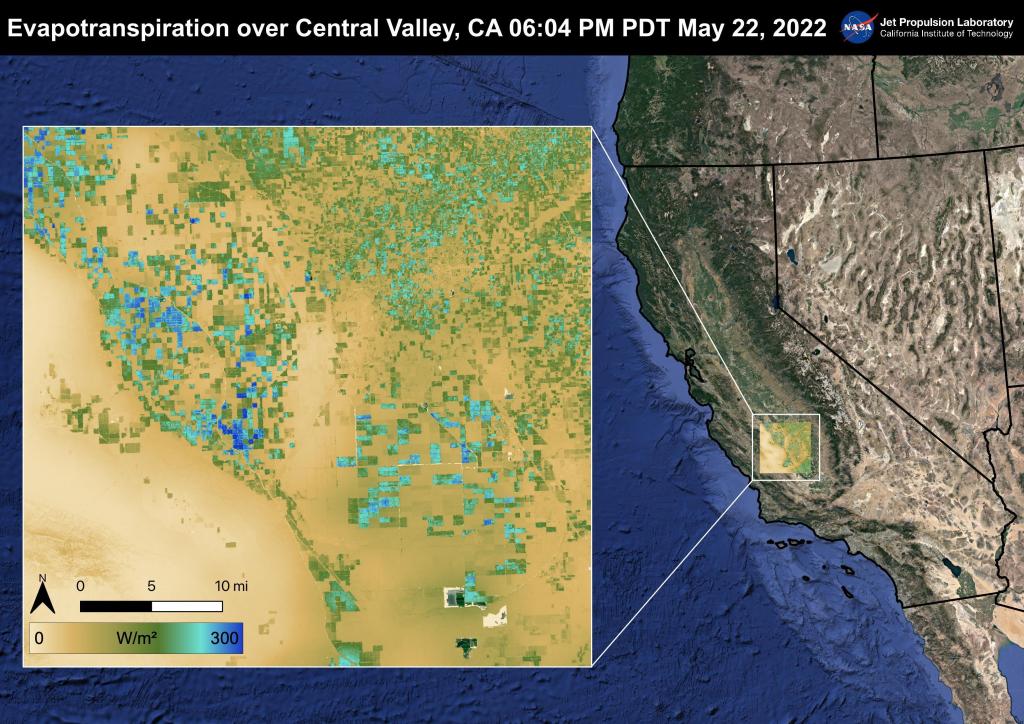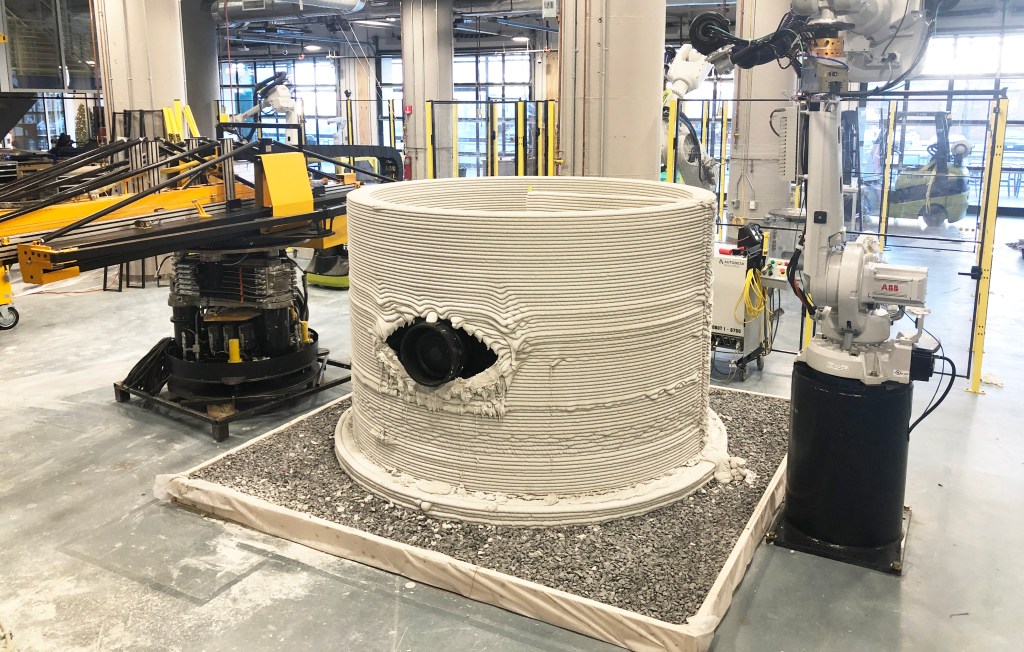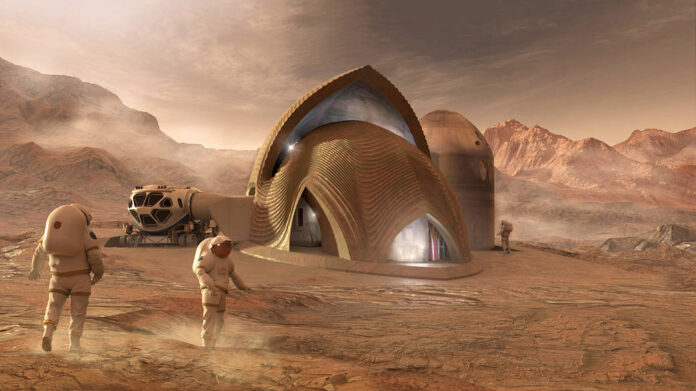Join the Cosmic Quest for Sustainability: NASA’s Business Model Challenge
Imagine a future where space exploration and environmental stewardship go hand-in-hand. A future where innovative entrepreneurs and forward-thinking companies collaborate with space agencies to not only push the boundaries of human knowledge but also create a better world for generations to come. Welcome to the Sustainable Business Model Challenge, a groundbreaking initiative launched by NASA that’s about to revolutionize the way we think about business, sustainability, and space travel.

The Sustainable Business Model Challenge – NASA

Understanding the Challenge
The Sustainable Business Model Challenge, spearheaded by NASA, represents a critical juncture in the pursuit of sustainable solutions for deep space exploration. One notable initiative is the 3D-Printed Habitat Challenge, a multi-phase competition that seeks to advance the construction technology needed to create sustainable housing solutions for Earth, the Moon, Mars, and beyond.

The 3D-Printed Habitat Challenge
The 3D-Printed Habitat Challenge, a NASA Centennial Challenges program competition, was designed to advance the construction technology needed to create sustainable housing solutions for Earth, the Moon, Mars, and beyond. The multi-phase challenge consisted of three phases, each with its unique set of requirements and objectives.

Phase 1: The Design Competition
The Design Competition, completed in 2015, required teams to submit architectural renderings of their proposed habitat designs. The phase was designed to test the creativity and innovation of participating teams, with a prize purse of $50,000. A total of $40,000 was awarded to the winners.
Phase 2: The Structural Member Competition
The Structural Member Competition, completed in 2017, focused on material technologies, requiring teams to create structural components. The phase was designed to test the strength and durability of the proposed habitat designs, with a prize purse of $1.1 million. A total of $701,000 was awarded to the winners.
Phase 3: The On-Site Habitat Competition
The On-Site Habitat Competition, completed in 2019, challenged competitors to fabricate sub-scale habitats. The phase consisted of five levels of competition – three construction levels and two virtual levels. The construction levels challenged the teams to autonomously 3D-print elements of the habitat, culminating with a one-third-scale printed habitat for the final level. The prize purse for the phase was $3.15 million, with $2 million awarded to the winners.
The Significance of Sustainability
The significance of sustainable business models in the context of space exploration cannot be overstated. With the increasing demand for resource efficiency and maximizing resources, sustainable business models have become a critical component of NASA’s strategy for deep space exploration. The 3D-Printed Habitat Challenge represents a significant step towards achieving this goal, with the potential to create sustainable housing solutions for Earth, the Moon, Mars, and beyond.
NASA’s Role in Advancing Sustainability
NASA’s role in advancing sustainability is multifaceted. Through its partnership with Bradley University, NASA has been able to promote sustainable business practices and advance the construction technology needed to create sustainable housing solutions. The 3D-Printed Habitat Challenge represents a significant example of NASA’s commitment to sustainability, with the potential to create a new generation of sustainable habitats for deep space exploration.
Innovative Business Strategies
Breaking Down Barriers to Entry
Debra Johnson, Director of NASA’s Office of Procurement, has been instrumental in streamlining the procurement process at NASA. Her approach has been to break down barriers to entry, making it easier for small businesses to participate in the procurement process. This has been achieved through the use of purchase orders, agreements, and contracting, which has expedited the process of acquiring goods and services.
Empowering Small Businesses
Johnson’s efforts to empower small businesses have been significant. As the daughter of small business owners, Johnson understands the unique challenges that small businesses face. She has made it a priority to open the doors for small business owners at NASA, and then serve as a mentor to help them grow. This has led to the creation of new partnerships and the growth of small businesses into enterprises that can serve many NASA centers.
The Future of Spaceflight Partnerships
Johnson’s vision for the future of spaceflight partnerships is one of increased competition and lower costs. By creating partnerships with commercial companies, NASA can achieve its goals more efficiently and effectively. This has led to the centralization of procurement at the agency level, allowing the same contract to be used across the agency and resulting in resource savings and a faster tempo for projects.
Real-World Applications
The innovative business strategies employed by Johnson have real-world applications. The use of purchase orders, agreements, and contracting has expedited the process of acquiring goods and services, making it easier for small businesses to participate in the procurement process. This has led to the creation of new partnerships and the growth of small businesses into enterprises that can serve many NASA centers.
Implications and Practical Aspects
Applying Sustainable Business Models to Space Exploration
The implications of applying sustainable business models to space exploration are significant. The use of 3D printing and additive construction technology has the potential to create sustainable housing solutions for Earth, the Moon, Mars, and beyond. This has led to the creation of new partnerships and the growth of small businesses into enterprises that can serve many NASA centers.
Challenges and Opportunities
The challenges and opportunities associated with implementing sustainable business models in the space industry are numerous. The need for resource efficiency and maximizing resources is critical, and sustainable business models have become a critical component of NASA’s strategy for deep space exploration. However, the implementation of sustainable business models also presents opportunities for growth and innovation, with the potential to create new partnerships and the growth of small businesses into enterprises that can serve many NASA centers.
Real-World Examples
There are numerous real-world examples of companies and organizations that have successfully implemented sustainable business models. NASA’s partnership with Bradley University is one such example, with the 3D-Printed Habitat Challenge representing a significant step towards achieving sustainable housing solutions for Earth, the Moon, Mars, and beyond. Other examples include the use of 3D printing and additive construction technology in the creation of sustainable habitats for deep space exploration.
Conclusion
The Sustainable Business Model Challenge – NASA is more than just a competition; it’s a clarion call echoing through the corridors of industry and innovation. As we’ve explored, this initiative shines a spotlight on the crucial role businesses play in tackling the global environmental crisis. By encouraging the development of sustainable solutions for space exploration, NASA is not only safeguarding its own future but also pioneering a new era of responsible growth for all. The winning ideas, from closed-loop life support systems to asteroid mining with minimal ecological impact, demonstrate the immense potential for businesses to become agents of positive change on a planetary scale.
The implications of this challenge extend far beyond the final prize. It sets a precedent for other industries to follow, showing that sustainability and profitability can, and must, go hand in hand. This is not a question of “either/or,” but rather “both/and.” The future belongs to companies that can weave sustainability into the very fabric of their operations, creating a legacy that benefits both humanity and the planet. The Sustainable Business Model Challenge – NASA is a powerful testament to this possibility, a beacon illuminating the path towards a more sustainable and equitable future.
Are we ready to embrace the challenge and build a better tomorrow, together? The universe is waiting.
